- Remove Music filter Music
- Remove Plants by the sea filter Plants by the sea
- Remove Road constructions filter Road constructions
- Remove Lakes, rivers and river networks filter Lakes, rivers and river networks
- Remove Voss (tidl. kommune) filter Voss (tidl. kommune)
- Remove Literature filter Literature

Bolstad
The village at Bolstadøyri acquired its structure around the middle of the 1800s, but from the old days there has been a meeting place here; court location and trading post. The guesthouse place stems from the second half of the 17th century, and in the previous century Bolstadøyri was one of the largest rural trading posts in Nordhordland.
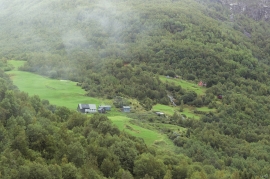

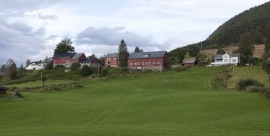
Ole Bull-akademiet
Sigbjørn Berhoft Osa and Ole Bull - Akademiet
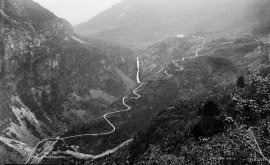
Stalheimskleiva
From the oldest times on record in Norway one of the most important traffic arteries between west and east Norway has passed across Bolstad – Voss – Stalheim – Gudvangen and Lærdal. The post road between Oslo and Bergen was established here 1647, but in Stalheimskleiva there was only a packhorse track right up to the 1840s. Wheeled transport and carts were in little use in the mountains in West Norway up to that time.
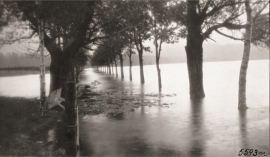
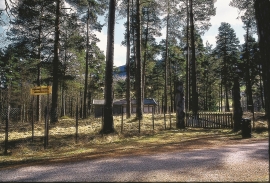

The Vosso river network
The Vosso is Hordaland's main artery, she has never run more richly than in our times, and no other river in western Norway carries so much water. The increase in the amount of water comes mainly from hydropower development, due to the transfer of water from other water systems. Climate change can also be a reason that the Vosso carries more water than before.


